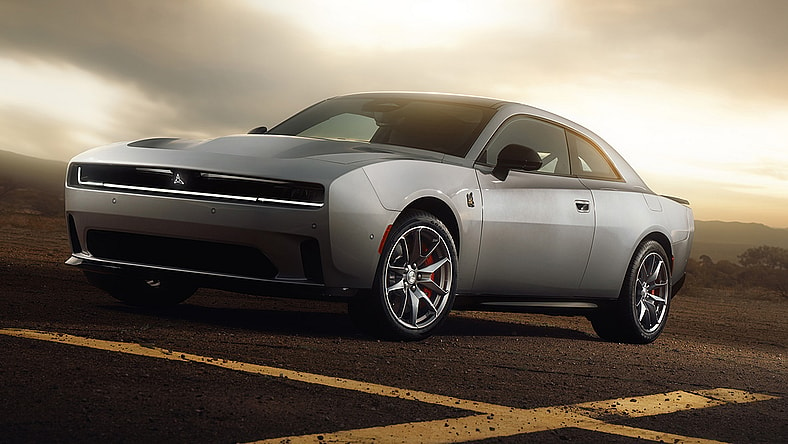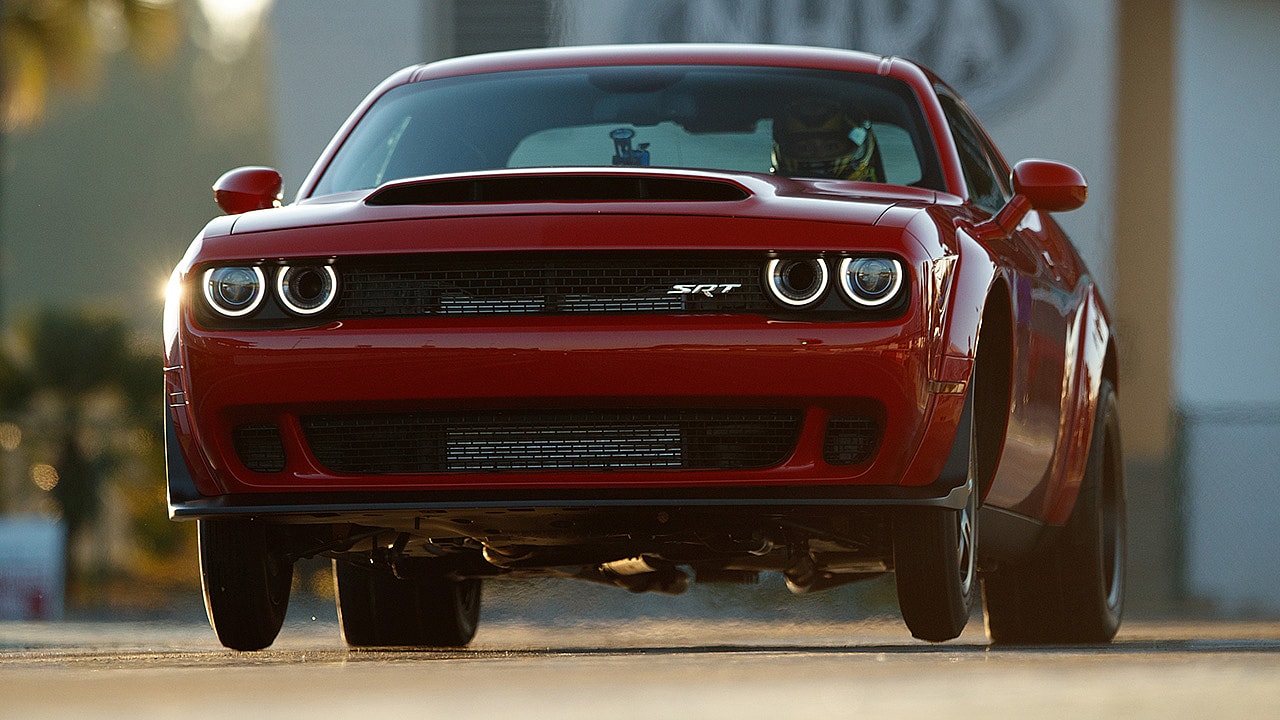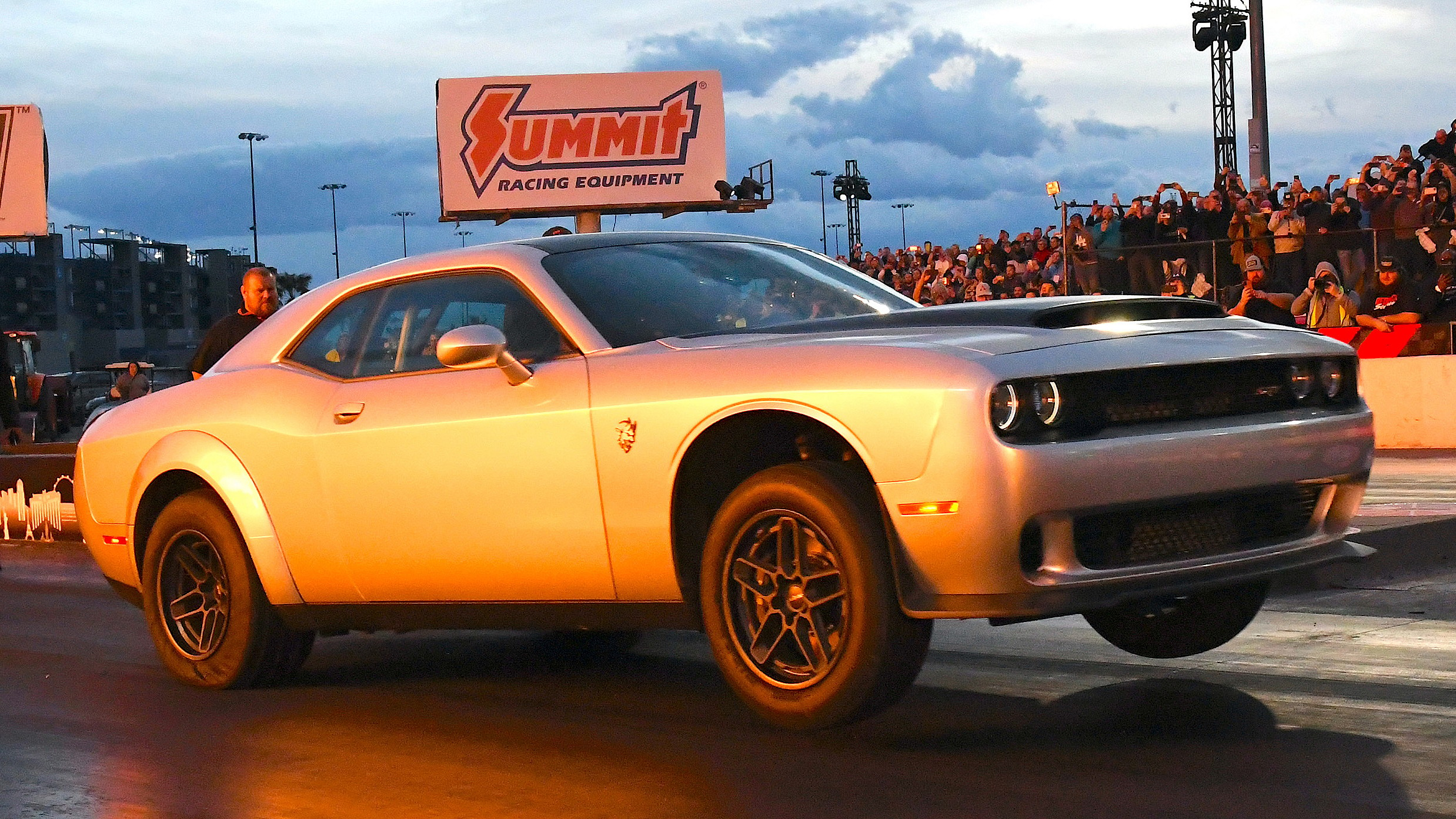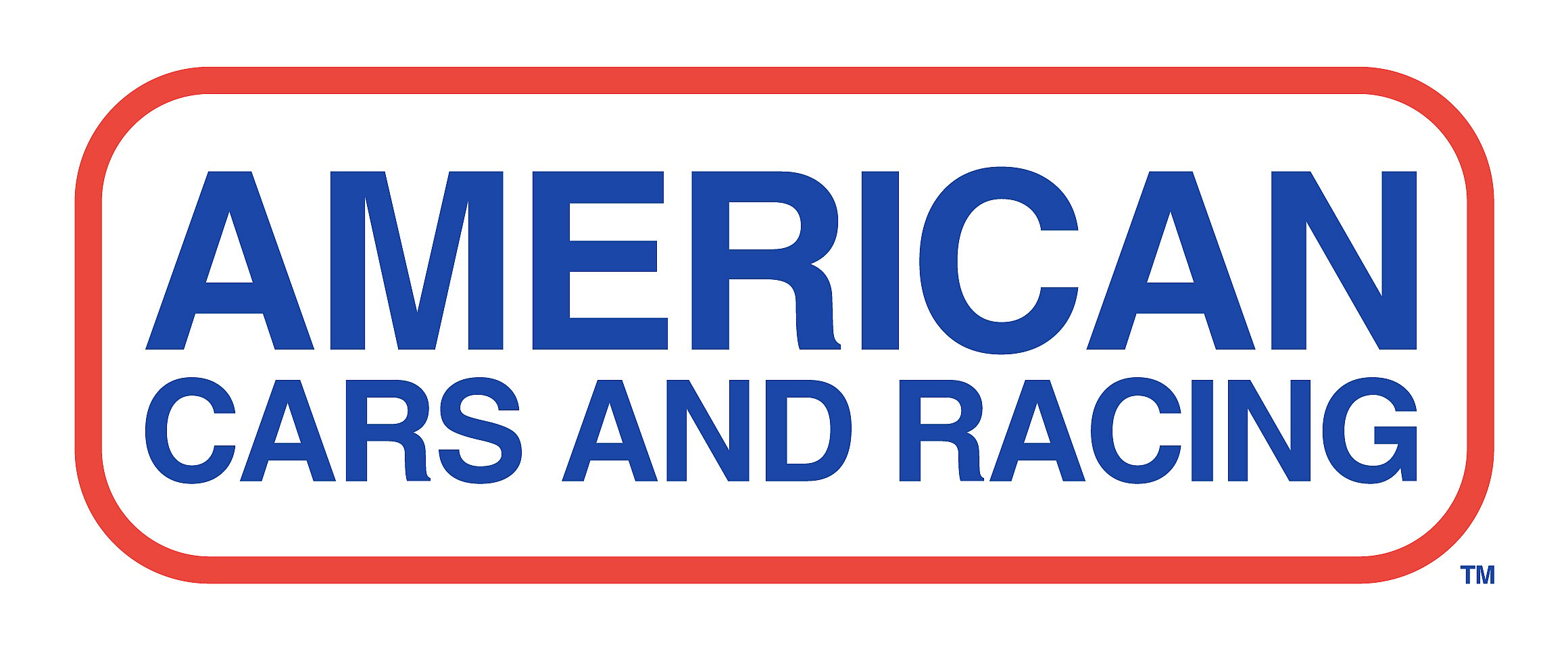Here’s Why The Electric Dodge Charger Daytona Is More Impressive Than A Challenger SRT Hellcat

May the force be with it!
The electric Dodge Charger Daytona will soon be hitting the streets with lightning speed.
Dodge says the 670 hp Charger Daytona Scat Pack trim will be able to accelerate to 60 mph in a blistering 3.3 seconds.
That’s quicker than the original 2015 707 hp Dodge Challenger SRT Hellcat’s 3.6 seconds and even the 797 hp Challenger SRT Hellcat Redeye’s 3.4 seconds. But the Charger Daytona Scat Pack’s time is more impressive than it sounds.
Read Also: ELECTRIC DODGE CHARGER DAYTONA POLICE CAR REVEALED

That’s because the battery-powered model is nearly a foot longer and more than a half-ton heavier than the Challengers. The Charger Daytona Scat Pack tips the scales at 5,838 pounds while the 2015 Challenger SRT Hellcat was a then-hefty 4,439 pounds and the 2019 Challenger SRT Hellcat Redeye 4,451 pounds, give or take.

With the old Force = Mass x Acceleration equation in mind, before you even plug in the numbers it’s pretty clear the force delivered through the Charger Daytona Scat Pack’s all-wheel drivetrain is substantially larger than either of the Hellcats. But the actual difference looks even bigger in the final numbers.
FIRST CALL: DODGE CHARGER DAYTONA ORDER BOOK NOW OPENED AND THERE’S A PRESENT IF YOU ACT FAST
Switching to the metric system puts a 0-60 mph time of 3.3 seconds at 8.1 m/s2, using a generalized conversion, and the Charger Daytona Scat Pack’s weight at 2648 kg. That results in 21,448 newtons. For the Challenger SRT Hellcat, the numbers are 7.5 m/s2 and 2013 kg for 15,097 newtons, and the Challenger SRT Hellcat Redeye’s are 7.9 m/s2 and 2019 kg for 15,950 newtons.

That means the Charger Daytona Scat Pack generates 42% and 34% more force than its supercharged V8-powered predecessors in the 0-60 mph sprint. Granted, this is back of the back of the napkin stuff and far from a detailed analysis, but Sir Isaac’s eyebrows might have been raised at the thought.

Even the 807 hp 2020 Challenger SRT Super Stock, which had a 0-60 mph time that was slightly quicker than the Charger Daytona Scat Pack’s at 3.25 seconds (8.3 m/s2) and weighed 2019 kg, comes up way short at 16,757 newtons.

It’s not until you get to the 2018 Dodge Challenger SRT Demon, which cranked out 840 hp when running on race gas and was packed with tech engineered specifically to make it the quickest muscle car ever at 2.3 seconds to 60 mph, does the Charger Daytona Scat Pack get bested. The Challenger SRT Demon’s numbers equating to 22,709 newtons.

The 2023 Challenger SRT Demon 170 took that to the next level with an E85-burning engine rated at 1,025 hp and a 1.66 second 0-60 mph time wearing drag radials on a prepped drag strip. At 16.2 m/s2 and 1,944 kg with the carbon fiber wheel option, it would generate 31,492 newtons.

But the Charger Daytona Scat Pack wasn’t meant to challenge Demons, that’ll be the job of the Charger Daytona SRT Banshee when it arrives late next year. Dodge hasn’t said exactly how powerful or quick it will be, but there have been suggestions that it will be able to accelerate to 60 mph in around two seconds (13.4 m/s2.)
MODERN MUSCLE CAR SHOWDOWN: DODGE CHARGER DAYTONA V FORD MUSTANG MACH-E
Assuming that’s the case, and that its weight is similar to the Charger Daytona Scat Pack’s, then we’re looking at a Challenger SRT Demon 170-destroying 35,483 newtons at that acceleration and 42,898 newtons if Dodge builds one that can match its 1.66 second time. You know it will try.
(Our apologies to serious mathematicians and physicists for this dumbed-down bit of fun!)
SUBSCRIBE TO THE AMERICAN CARS AND RACING YOUTUBE CHANNEL
